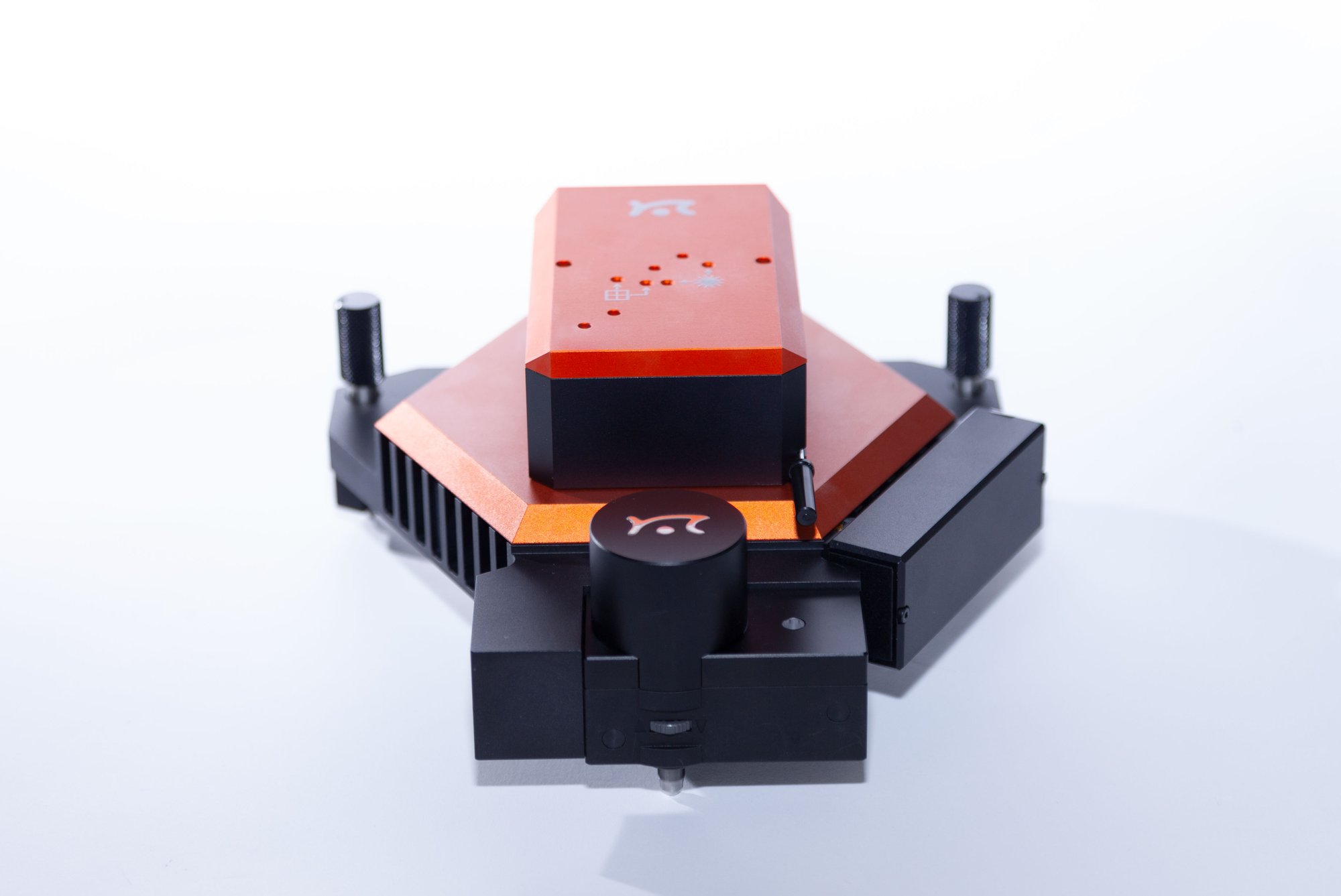Characterization of a unique attachment organelle: Single-cell force spectroscopy of Giardia duodenalis trophozoites
Characterization of a unique attachment organelle: Single-cell force spectroscopy of Giardia duodenalis trophozoites
The unicellular parasite Giardia duodenalis is the causative agent of giardiasis, a gastrointestinal disease with global spread.
In order to tackle this parasite, it is important to have an accurate model of how it works. In particular, it is highly relevant to understand how it attaches to the intestinal walls.
In this paper, the FlexAFM, in combination with a microfluidic system, was used to measure the attachment forces between the Giardia duodenalis and a flat glass substrate in order to shed light onto the attachment mechanisms.
AFM data in this publication were obtained with FlexAFM
The FlexAFM has been the instrument of choice for hundreds of researchers in need of a reliable and versatile atomic force microscope system. Built with ease of use and configurability in mind, the capabilities of the FlexAFM cover most research needs: Configure your FlexAFM for 2D materials research in a glovebox, or integrate it with your inverted optical microscope for biological applications - no matter what your research goals are, the Nanosurf FlexAFM provides you with an affordable mid-range instrument that you can expand and upgrade as your requirements evolve.

Related Resources
#{ item.resourceType }
#{ item.date_text_field }
#{ item.name }
#{ truncateText(item.metadescription) }
#{ item.readmoretext }